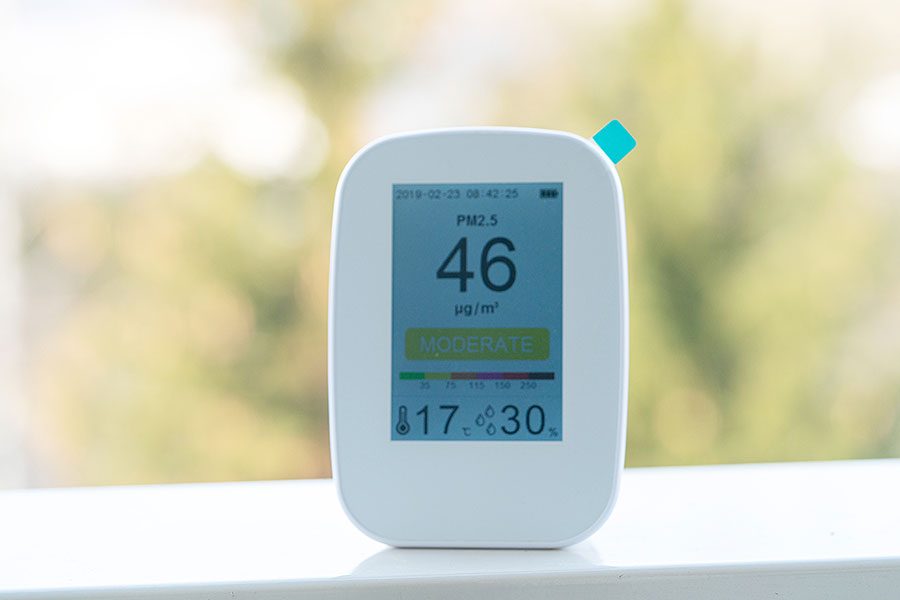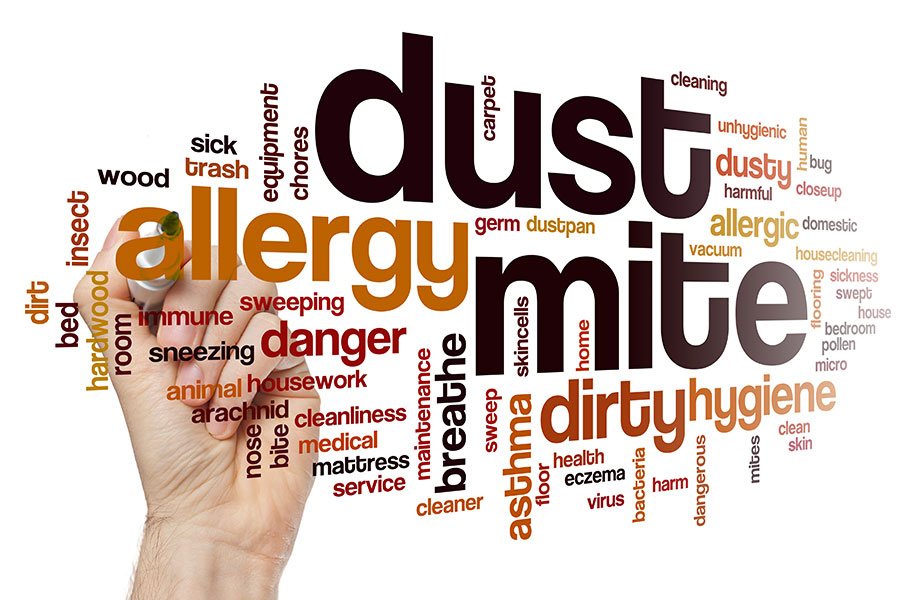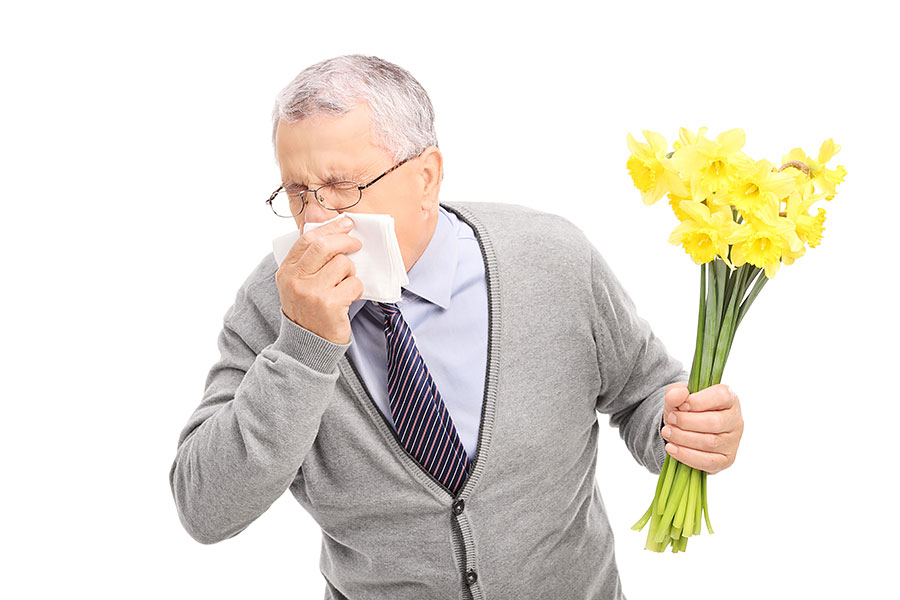The Asthma and Allergy Foundation of America cautions that poor quality indoor air can have a negative effect on health and may exacerbate asthma and allergy symptoms.(1) “Animal dander, pollen, mold, dust mites, and fumes released by cooking, burning fuel, or cleaning products can all have an impact on your indoor air,” the foundation states. “The health risks from poor indoor air quality can often be much worse than outdoor air.”(1)
The Centers for Disease Control states that many people in the U.S. spend approximately 90% of their time indoors. “In the last several years, a growing body of scientific evidence has indicated that the air within homes and other buildings can be more seriously polluted than the outdoor air in even the largest and most industrialized cities,” the CDC reports.(2)
Indoor air pollutants fall under two major categories: biologic and chemical. Biologic pollutants include things like molds, animal dander, dust mites, cockroaches, and pollen.(2) These can be found on many surfaces within the home, and when disturbed, go into the air.(1) Chemical pollutants include carbon monoxide, tobacco smoke, and Volatile Organic Compounds (VOCs). VOCs are found in many items, such as cleaning products, dry cleaned clothing, paints, and air fresheners.(2)
The Asthma and Allergy Foundation of America offers the following tips for improving air quality inside the home:
- Improve air flow in your home – leave interior doors open, run exhaust fans in bathrooms and kitchens.
- Avoid harmful products (like bleach and other harsh cleaners) as much as possible.
- Use CERTIFIED asthma & allergy friendly® products (bedding, vacuums, cleaning products, flooring, paint and more).
- Establish regular cleaning routines to remove dust, pollen, animal dander and mold from your home.
- Measure your home’s humidity level and keep it below 50%. If you live in a wet climate, you may need a dehumidifier.
Keep windows closed during peak pollen times or during times of high outdoor pollution. - Remove items with strong scents like candles. Replace traditional scented candles with battery-powered ones.
If possible, remove carpets and replace with solid surface flooring. - Maintain your HVAC (furnace and air conditioning) system and replace the air filters as recommended by the manufacturer.
- Use portable air cleaners (air purifiers) in rooms where you spend the most time (remember to look for the CERTIFIED asthma & allergy friendly® (3)
(1) Asthma and Allergy Foundation of America, Sources of Air Pollution in Your Home That May Cause Asthma and Allergy Symptoms, https://community.aafa.org/blog
(2) Bower, J., Centers for Disease Control and Protection, Indoor Air Pollutants and Toxic Materials, https://www.cdc.gov/
(3) Asthma and Allergy Foundation of America, Improve Indoor Air Quality to Set up a Healthier Home Environment, https://www.aafa.org/




